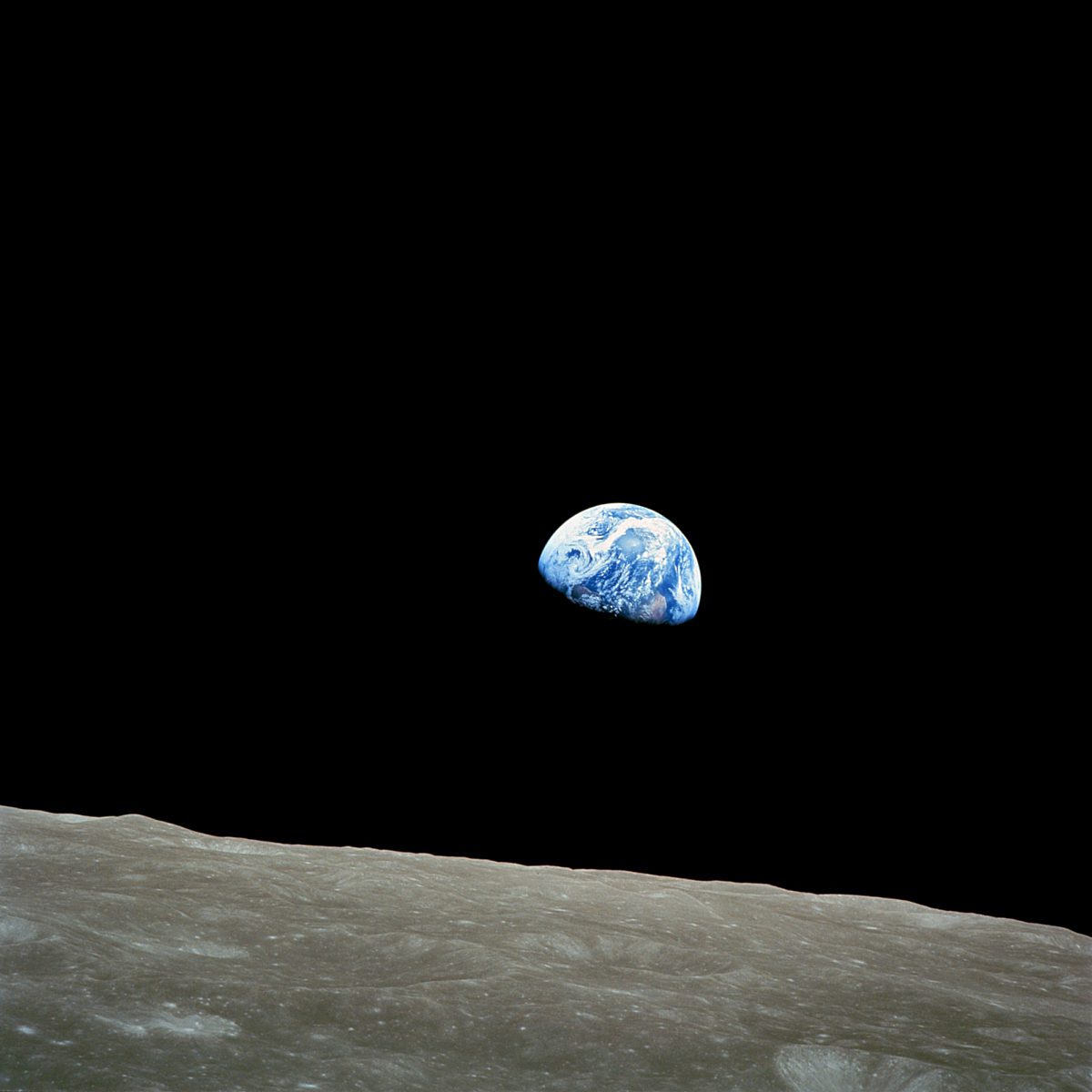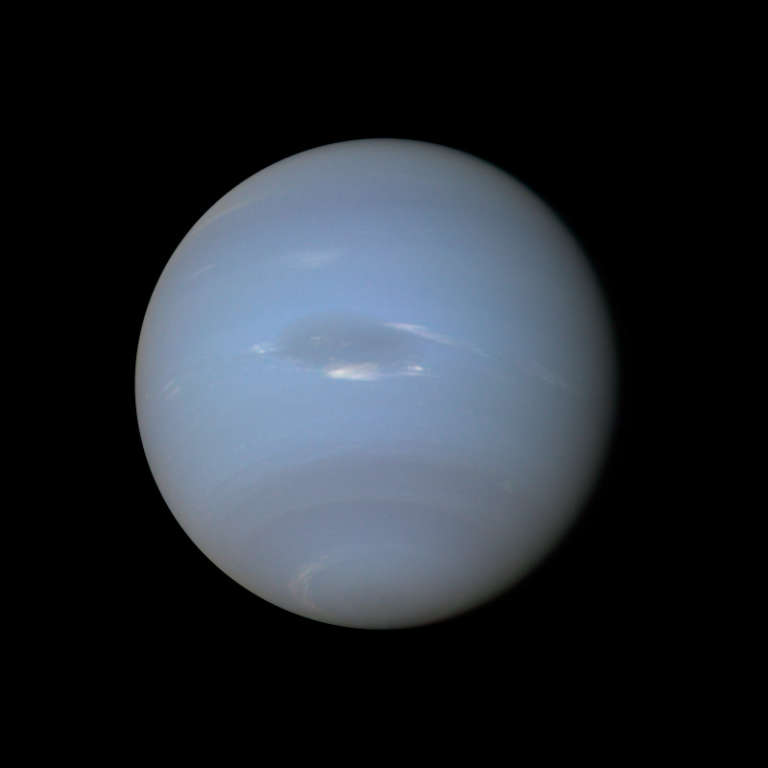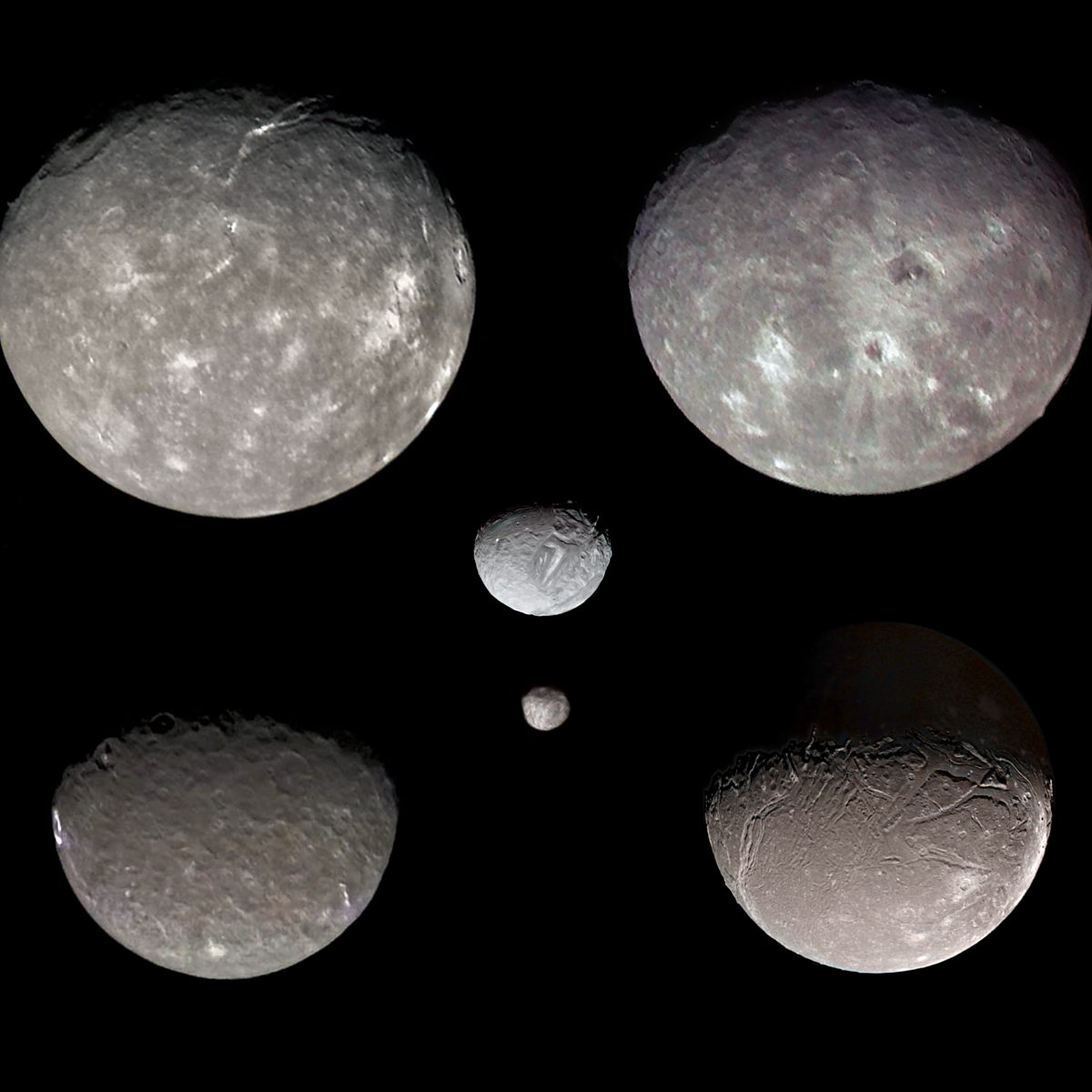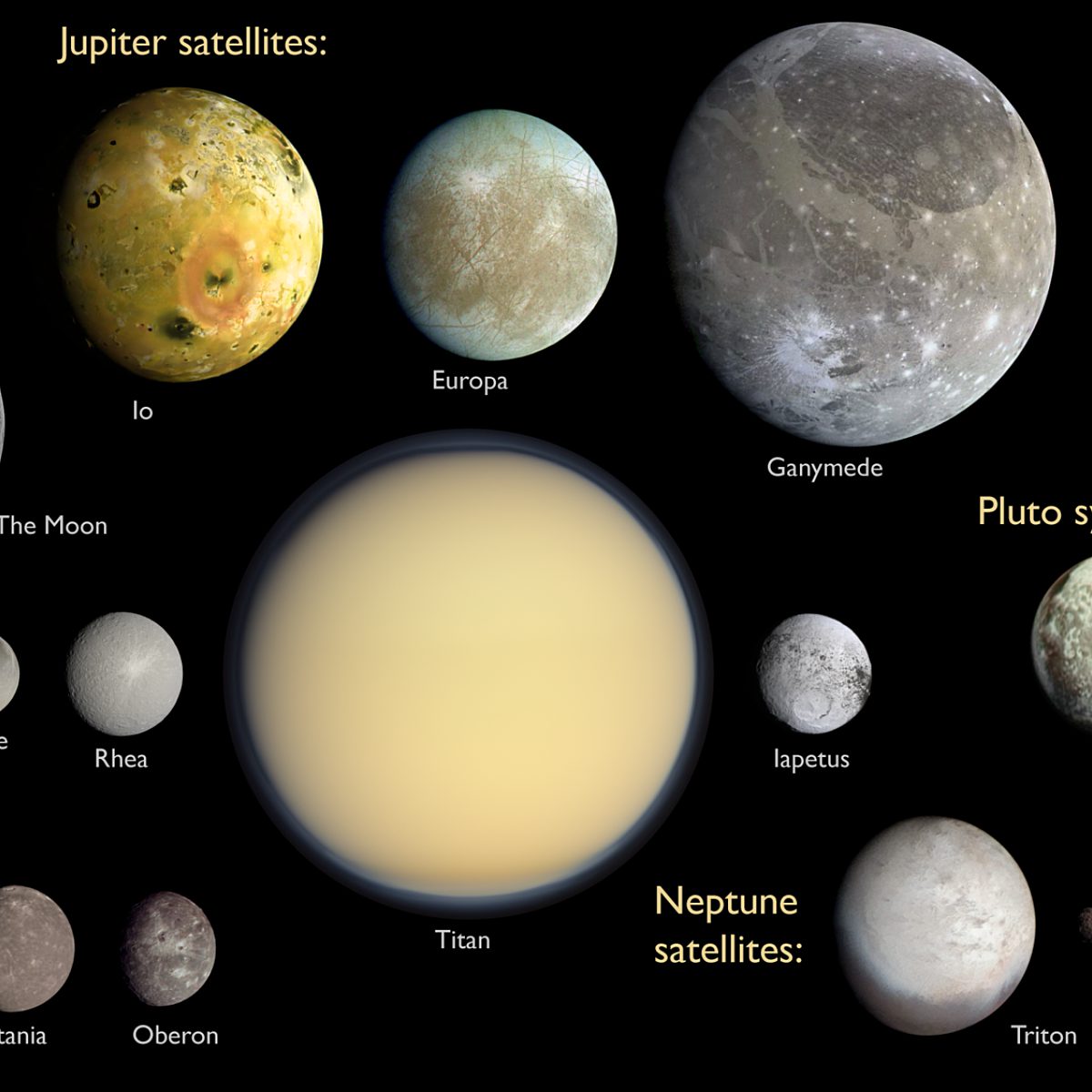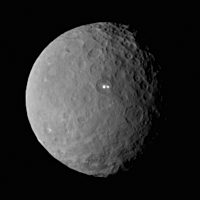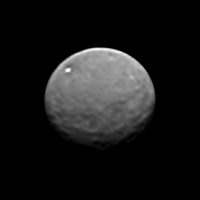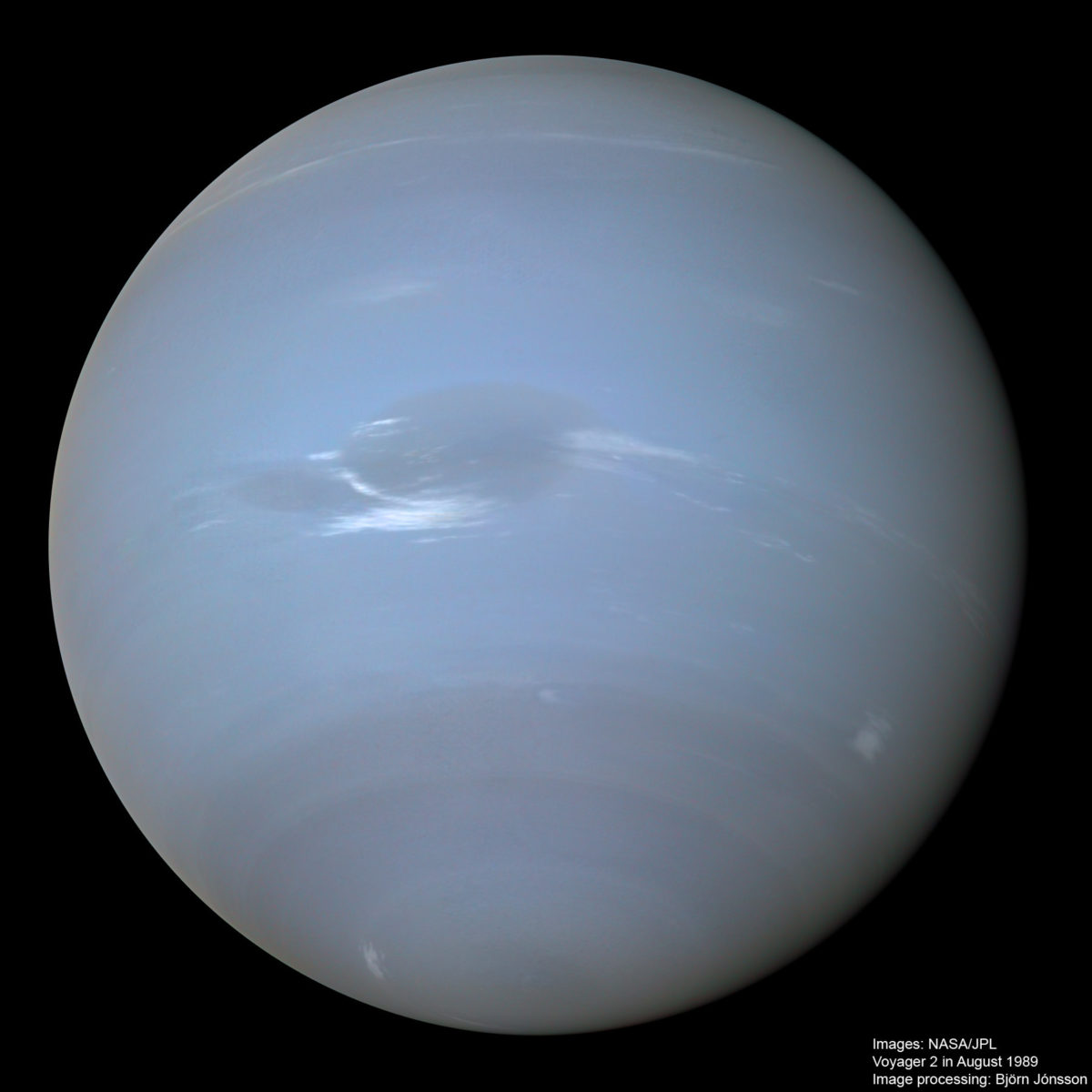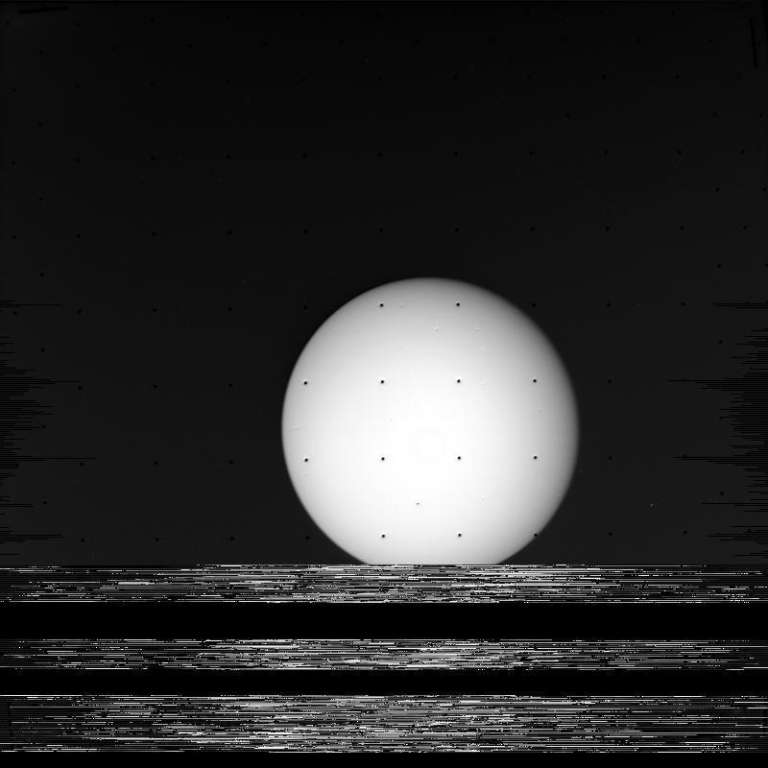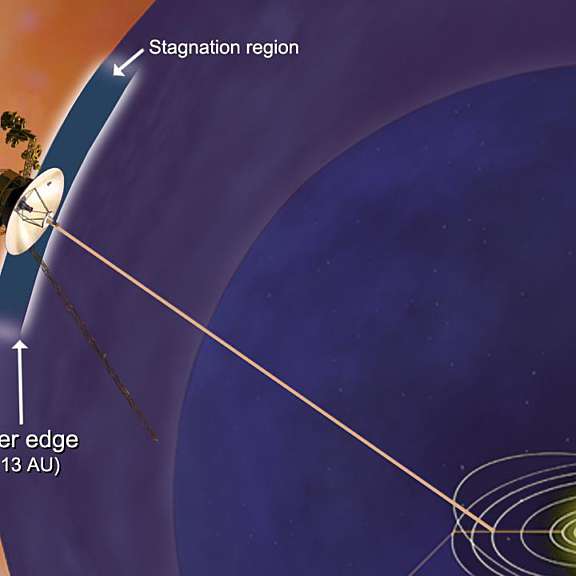All
All
Stories, updates, insights, and original analysis from The Planetary Society.
Space Exploration: Leaving the Earth to Understand It
Looking back at Earth from beyond helps to give perspective on our place in the cosmos.
Approaching Neptune
Image processing enthusiast Ian Regan is working on a cool new version of the Voyager 2 Neptune approach movie.
30th anniversary images of Uranian moons
January 24 was the 30th anniversary of the Voyager flyby of Uranus. Uranian moons have been on my mind ever since New Horizons sent us close-up images of Charon. On the occasion of the anniversary, Ted Stryk produced latest-and-greatest versions of the Voyager views of these worlds.
What's up in solar system exploration: August 2015 edition
I'm back from two weeks' vacation, so it's time to catch up on the status of all our intrepid planetary missions, from Akatsuki to the Voyagers and hitting the Moon, Mars, asteroids, comets, and Saturn in between.
The not-planets
Now that I have a reasonable-resolution global color view of Pluto, I can drop it into one of my trademark scale image montages, to show you how it fits in with the rest of the similar-sized worlds in the solar system: the major moons and the biggest asteroids.
Two Months from Pluto!
Two months. Eight and half weeks. 58 days. It's a concept almost too difficult to grasp: we are on Pluto's doorstep.
A Sky Full of Stars
In pictures of the planets, the stars aren't usually visible. But when they do appear, they're spectacular.
At last, Ceres is a geological world
I've been resisting all urges to speculate on what kinds of geological features are present on Ceres, until now. Finally, Dawn has gotten close enough that the pictures it has returned show geology: bright spots, flat-floored craters, and enigmatic grooves.
Flawed Beauties
More examples of imperfect--but tantalizing--images from deep space.
Ceres: Just a little bit closer (and officially better than Hubble)
Last week's Dawn images of Ceres were just slightly less detailed than Hubble's best. This week's are just slightly better.
Revisiting Uranus with Voyager 2
Amateur image processor Björn Jónsson brings us some new views of Uranus from reprocessed Voyager 2 data.
Best-ever Neptune mosaics for the 25th anniversary of Voyager 2's flyby
In honor of the 25th anniversary of the Voyager 2 flyby of Neptune, image magician Björn Jónsson has produced two new global mosaics of the distant ice giant, the highest-resolution ever made.
Voyager 3 Project
In 1979, the Voyager 1 probe took a stunning series of images on its final approach to Jupiter. Thirty-five years later, almost to the day, a group of seven Swedish amateur astronomers set out to replicate this odyssey, but with images taken with their own ground-based telescopes.
Cosmos with Cosmos Episode 11: The Persistence of Memory
Cosmos stumbles with an episode that is plodding, scattered, and more than a little preachy. This episode will only persist in my memory as a shadow of what could have been.
Through a Glass, Darkly
When sent from deep space, even imperfect images can inform and amaze.
Don't Miss Voyager Head Scientist Ed Stone on the Colbert Report
Voyager Chief Scientist Ed Stone was the featured guest on the Colbert Report to celebrate the spacecraft's entry into interstellar space.
Cosmos with Cosmos Episode 6: Travellers' Tales
The Voyager mission may be the ultimate expression of our desire to explore, but why does that will exist in the first place? Why is it unique to humans?
Uranus Awaits
It’s been a long time since anyone paid Uranus a visit. The Uranus system is, however, fascinating, as evidenced by the wealth of topics covered by the diverse group of planetary scientists who gathered to discuss it last week at the Paris Observatory.
Gravity assist
With the recent announcement by NASA that the 36 year-old spacecraft Voyager 1 has officially entered interstellar space at a distance from the sun about four times further than Neptune's orbit, and with Voyager 2 not far behind, it seems worthwhile to explore how humans managed to fling objects so far into space.
Voyager: A Tribute
The Voyagers were special when they launched. They have become more so thanks to their longevity, the breadth of their discoveries, the cultural payload they carried, and the sheer audacity of their quest.


 Explore Worlds
Explore Worlds Find Life
Find Life Defend Earth
Defend Earth


 Sun
Sun Mercury
Mercury Venus
Venus Earth
Earth Mars
Mars Jupiter
Jupiter Saturn
Saturn Uranus
Uranus Neptune
Neptune Small Bodies
Small Bodies